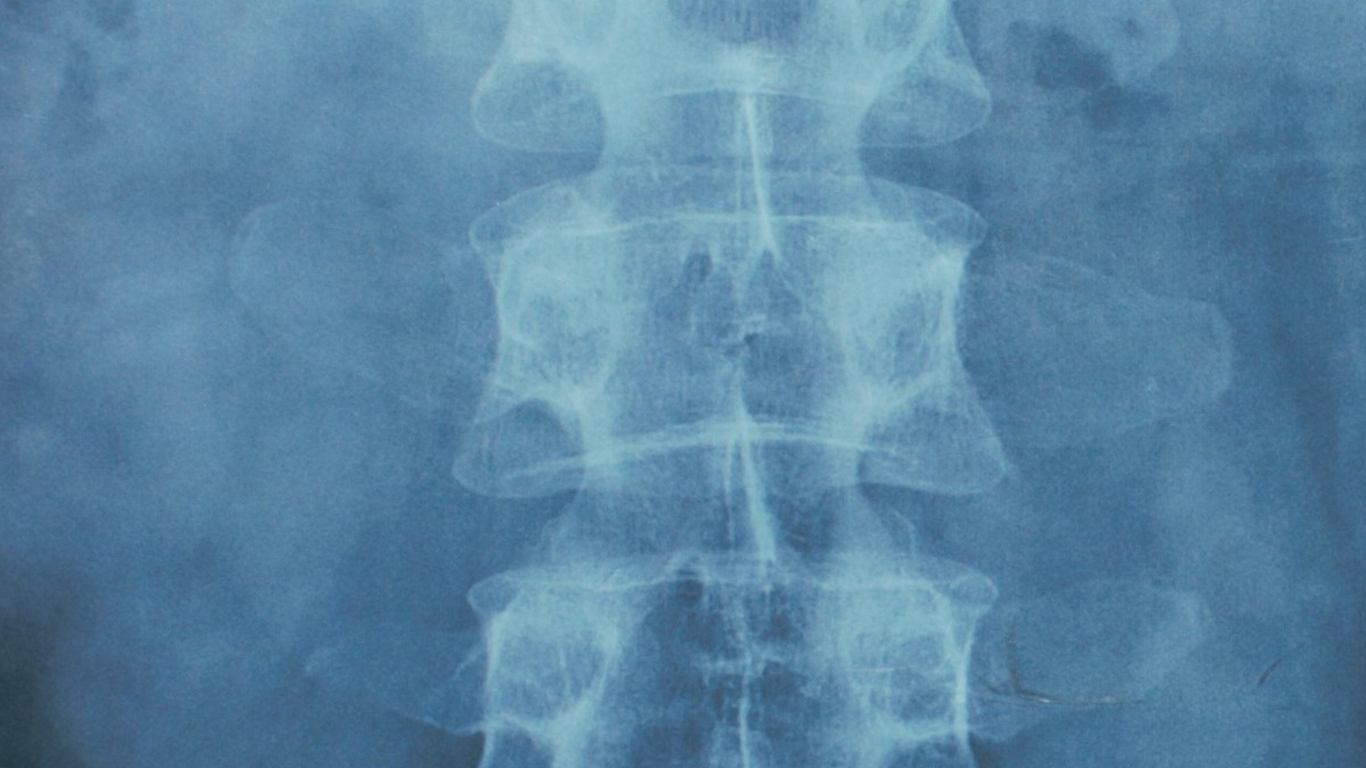
Why Should You Care About Spinal Degeneration?
Spinal degeneration or osteoarthritis of the spine is becoming more prevalent today than ever before in the history of the human race. Some of the latest statistics show greater than 90% of people will develop significant spinal degeneration in their lifetime.
Are you at risk of developing spinal degeneration?
Spinal degeneration already effects:
- 96% of 80-year-olds (8)
- 85% of 50-year-olds (8)
- 37% of 20-year-olds (9)
- 9% of 10-year-olds (10)
And with the increasing usage of technologies (screen time), poor postures, and sedentary lifestyles, the percentage and severity of spinal degeneration are likely to continue to get worse.
According to WebMD, degenerative disc disease (spinal degeneration) can cause sharp or constant pain in the back and neck. The exact symptoms are dependent on the area affected and the severity of the condition.
In today’s day and age, people are no strangers to back pain. Worldwide, back pain is the single leading cause of disability, preventing many people from engaging in work as well as other everyday activities. (1).
Facts About Back Pain:
Back pain is one of the most common reasons for missed work. One-half of all working Americans admit to having back pain symptoms each year. (2)
Back pain accounts for more than 264 million lost workdays in one year—that’s two work days for every full-time worker in the country. (3)
Experts estimate that up to 80% of the population will experience back pain at some time in their lives. (4)
Back pain is the third most common reason for visits to the doctor’s office, behind skin disorders and osteoarthritis/joint disorders. (5)
Low-back pain costs Americans at least $50 billion in health care costs each year(6)—add in lost wages and decreased productivity, and that figure quickly rises to more than $100 billion. (7)
Even if you’ve never experienced back or neck pain, you might want to start paying attention to the health of your spine because of the effect it has on the rest of the body!
Conditions That Have Been Correlated with Poor Health of the Spine:
Headaches, migraines, dizziness, fatigue, immune system function, vision problems, sinus problems, allergies, hoarseness, stiff neck, neck pain, coughing, pain in the upper arm, tennis elbow, wrist-hand-finger numbness, wrist-hand-finger pain, shortness of breath, difficulty breathing, asthma, heart conditions, chest pains, gallbladder conditions, blood pressure problems, liver conditions, skin conditions, stomach problems like indigestion, acid reflux, heartburn, gastritis, and ulcers, blood sugar issues, kidney conditions, gas pains, irritable bowel syndrome, constipation, diarrhea, sterility, bladder issues, menstrual problems, cramps, bedwetting, knee pain, sciatica, low back pain, difficult or painful urination, numbness in legs and feet, poor circulation in legs, swollen ankles, weak arches, leg cramps, cold feet, sacroiliac problems, pain in spine…And the list goes on. (11)
Bottom-line, if you don’t take care of your spine, it will degenerate and cause pain or other health issues! Start taking better care of your spine. You only get one!
Stay tuned for future blog posts on the topic of spinal hygiene and specific exercises you can start doing to maintain the health of your spine. In the meantime, visit www.HomeSpinalCare.com for more helpful tips on maintaining a healthy spine.
- Hoy D, March L, Brooks P, et al. The global burden of low back pain: estimates from the Global Burden of Disease 2010 study Annals of the Rheumatic Diseases Published Online First: 24 March 2014. doi: 10.1136/annrheumdis-2013-204428
- Vallfors B. Acute, Subacute, and Chronic Low Back Pain: Clinical Symptoms, Absenteeism, and Working Environment. Scan J Rehab Med Suppl 1985; 11: 1-98.
- The Hidden Impact of Musculoskeletal Disorders on Americans, United States Bone and Joint Initiative, 2018.
- Rubin Dl. Epidemiology and Risk Factors for Spine Pain. Neurol Clin. 2007; May;25(2):353-71.
- Sauver, JL et al. Why patients visit their doctors: Assessing the most prevalent conditions in a defined American population. Mayo Clinic Proceedings, Volume 88, Issue 1, 56–67.
- In Project Briefs: Back Pain Patient Outcomes Assessment Team (BOAT). In MEDTEP Update, Vol. 1 Issue 1, Agency for Health Care Policy and Research, Rockville, MD.
- Katz JN. Lumbar disc disorders and low-back pain: socioeconomic factors and consequences [review]. J Bone Joint Surg Am. 2006;88(suppl 2): 21-24.
- American Journal of Neuro Radiology 27 November 2014
- Chicago Institute of Neuro Surgery
- The Back Letter, 2004
- https://www.spinalcheckfoundation.com/client_files/File/vertebral-subluxation-and-nerve-chart.pdf

